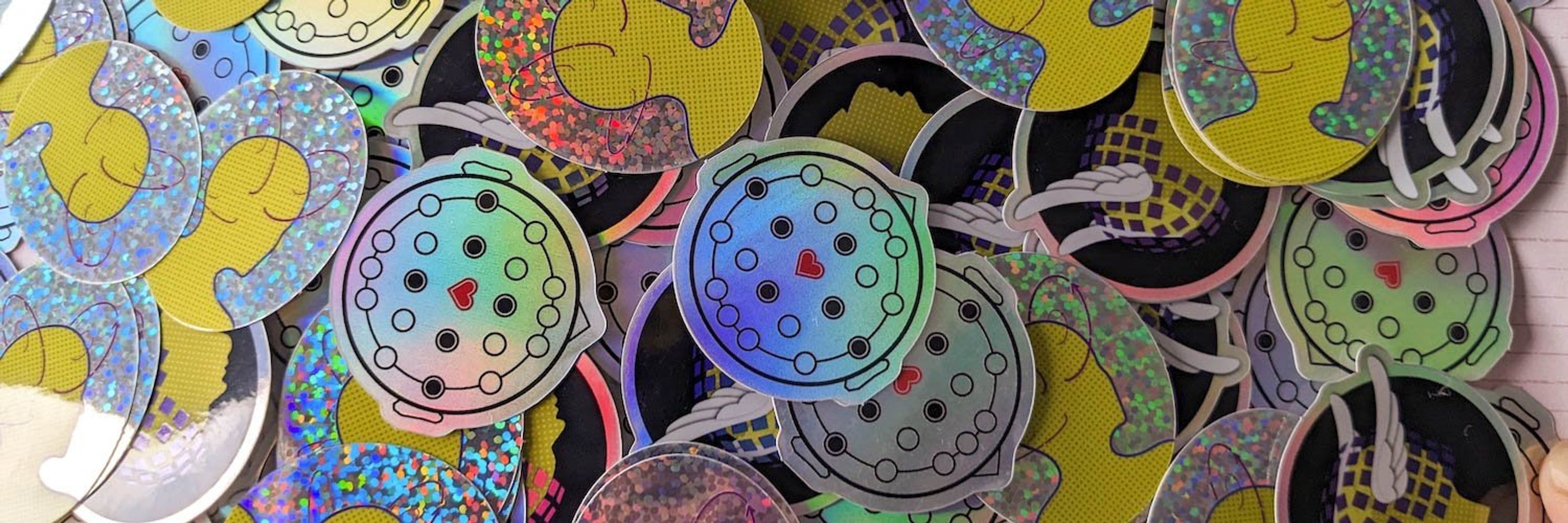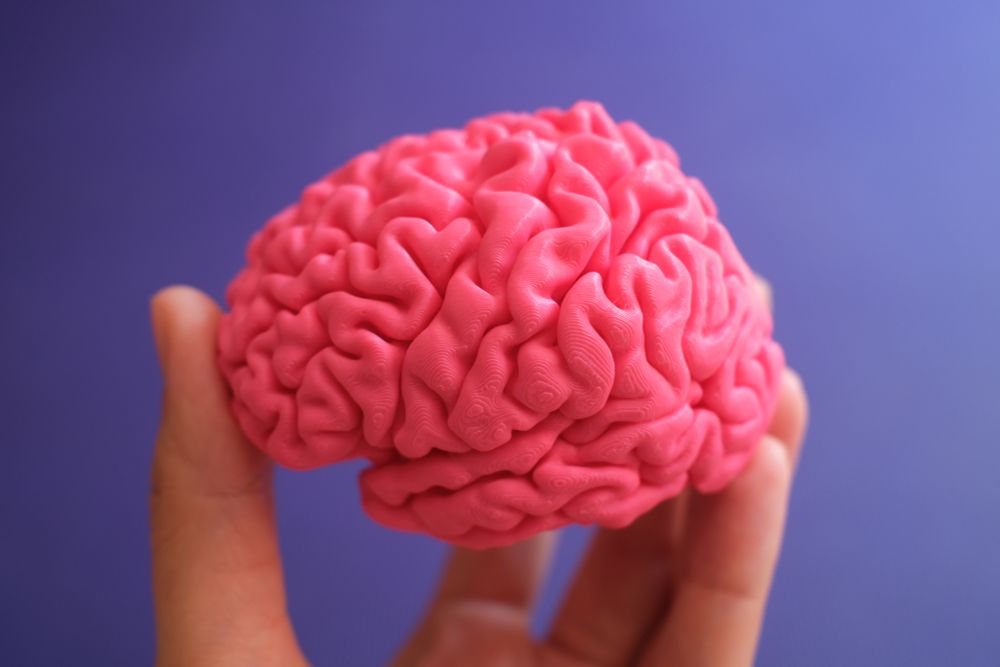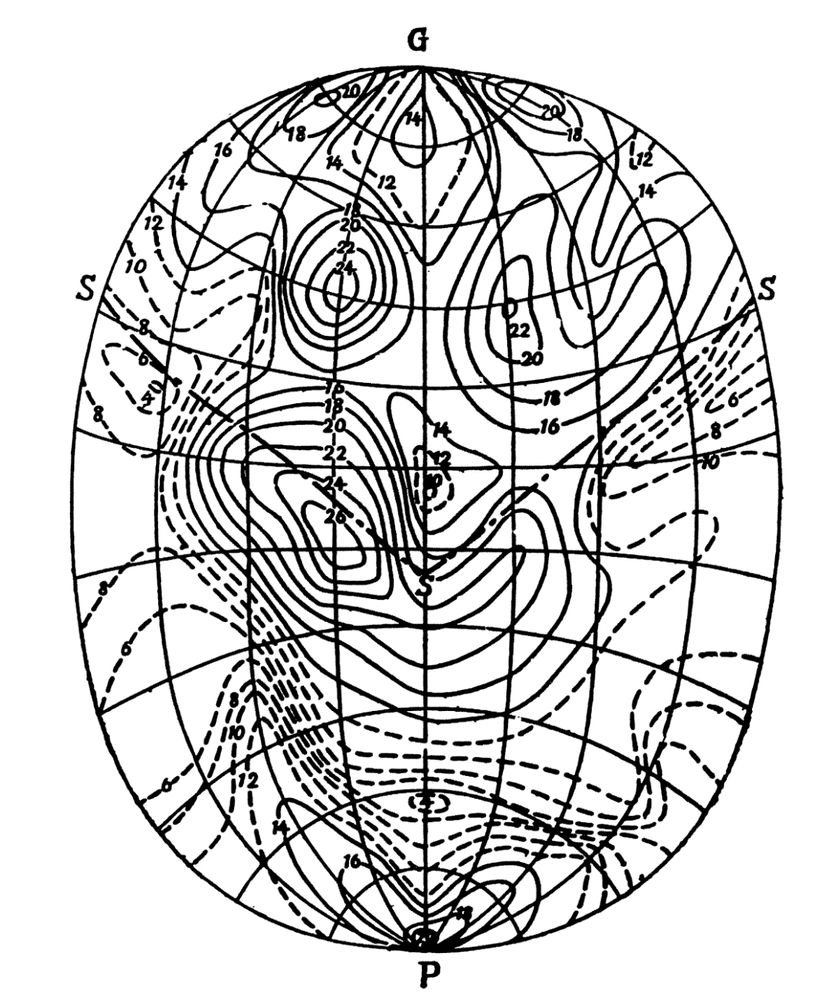
thinking about visualization, interfaces,
art & beauty with computers.
nschawor.github.io
Frankfurt am Main, Germany

interesting for neuro: programmed with spiking neurons (similar devices typically use a sequential GUI programming interface like Scratch)
#sfn25 #sfn2025
interesting for neuro: programmed with spiking neurons (similar devices typically use a sequential GUI programming interface like Scratch)
#sfn25 #sfn2025
already managed to get lab swag from the old lab! ❤️🙂

already managed to get lab swag from the old lab! ❤️🙂


we ran a MNE-python tutorial for >100 people for a week. the program going from preprocessing to source estimation to group analysis was ambitious, but I hope seeing all the steps involved was helpful for participants. 🙂
having run an MEG pipeline by trial and error, I was doubting myself between all parameters. lectures on the analysis steps + hands-on application together were very helpful!
& seeing women on stage sharing what they're excited about just hits different ⭐️


we ran a MNE-python tutorial for >100 people for a week. the program going from preprocessing to source estimation to group analysis was ambitious, but I hope seeing all the steps involved was helpful for participants. 🙂

📅 Wednesday, October 30th at 2 pm (CET)
cuttingeeg.org/practicalmee...
very cool concept! 🙂 free but registration required.
#PracticalMEEG2025
📅 Wednesday, October 30th at 2 pm (CET)
cuttingeeg.org/practicalmee...
very cool concept! 🙂 free but registration required.
#PracticalMEEG2025
#NeuroJobs
3+2 year 100% TVL-13 position in '26 - open topic on the intersection of combined EEG-EyeTracking, Statistical Methods, Cognitive Modelling, VR/Mobile EEG, Vision ...
Apply via Max-Planck IMPRS-IS program until 2025-11-16 imprs.is.mpg.de
Read: www.s-ccs.de/philosophy



#NeuroJobs
so I can definitely recommend playing with this toolbox for simulating EEG/MEG sources with desired properties (location, coupling) for connectivity. ⬇️
#brainmovie
meegsim.readthedocs.io/en/stable/in...
so I can definitely recommend playing with this toolbox for simulating EEG/MEG sources with desired properties (location, coupling) for connectivity. ⬇️


given that alpha rhythm is often decreased in frequency (e.g. 8 Hz instead of 10 Hz) for epileptic patients and this is #iEEG data, I find it tricky to call this theta-activity; but it's also different from classical mu-dynamics (Fig. S4). 🤔
given that alpha rhythm is often decreased in frequency (e.g. 8 Hz instead of 10 Hz) for epileptic patients and this is #iEEG data, I find it tricky to call this theta-activity; but it's also different from classical mu-dynamics (Fig. S4). 🤔
➡️ then these 1/f-dynamics will show up in low frequency part of spectrum (red); in addition to around oscillation peak (yellow).
➡️ then these 1/f-dynamics will show up in low frequency part of spectrum (red); in addition to around oscillation peak (yellow).
& already missing the balcony summer!



& already missing the balcony summer!
👶🧠 echoes at 4Hz
👩🦰🧠 echoes at ~10Hz
Preprint:
www.biorxiv.org/content/10.1...

(& some real work too 🙂)
(& some real work too 🙂)
"Same words, different worlds: Conceptual consistency in systems neuroscience" 🙂
& many other fab looking workshops! (some by my cool friends: @matteosaponati.bsky.social @rdgao.bsky.social @j-b-eppler.bsky.social 🌟)
🗓️ Deadline: July 15
All info and submission 👉 bernstein-network.de/bernstein-co...

"Same words, different worlds: Conceptual consistency in systems neuroscience" 🙂
& many other fab looking workshops! (some by my cool friends: @matteosaponati.bsky.social @rdgao.bsky.social @j-b-eppler.bsky.social 🌟)
we also found this for visual memory encoding in #iEEG data: doi.org/10.1523/JNEUROSCI.2404-24.2025
we also found this for visual memory encoding in #iEEG data: doi.org/10.1523/JNEUROSCI.2404-24.2025
#VisualizationInspo

#VisualizationInspo
#ForbiddenBubbleGum 🙃

#ForbiddenBubbleGum 🙃
(compiling a presentation about the evolution of topoplots, cool stuff out there 🙂)

(compiling a presentation about the evolution of topoplots, cool stuff out there 🙂)

oscillation frequency changes across development (one of the most robust findings in the oscillation world). in this work, we also look at waveform shape changes.


